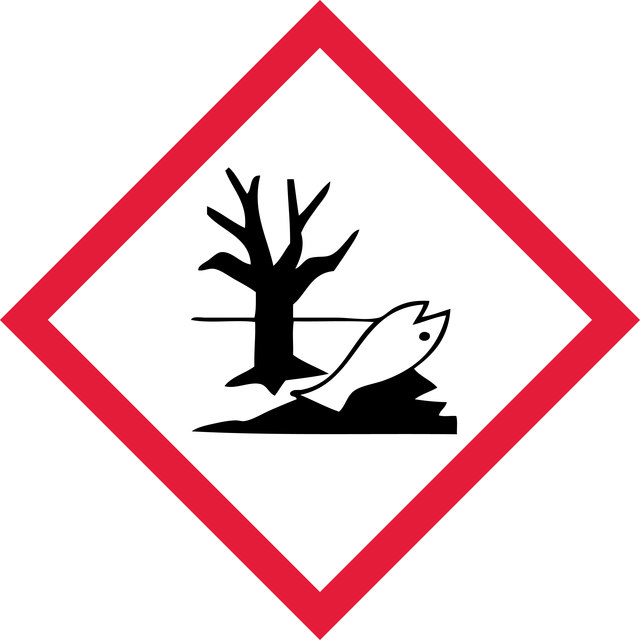M1650000
Methyl parahydroxybenzoate
European Pharmacopoeia (EP) Reference Standard
Synonym(s):
Methyl 4-hydroxybenzoate, p-Hydroxybenzoic acid methyl ester, Methyl paraben, NIPAGIN
Sign Into View Organizational & Contract Pricing
Select a Size
About This Item
Linear Formula:
HOC6H4CO2CH3
CAS Number:
Molecular Weight:
152.15
Beilstein/REAXYS Number:
509801
MDL number:
UNSPSC Code:
41116107
PubChem Substance ID:
NACRES:
NA.24
grade
pharmaceutical primary standard
API family
parabens
manufacturer/tradename
EDQM
mp
125-128 °C (lit.)
application(s)
pharmaceutical (small molecule)
format
neat
SMILES string
COC(=O)c1ccc(O)cc1
InChI
1S/C8H8O3/c1-11-8(10)6-2-4-7(9)5-3-6/h2-5,9H,1H3
InChI key
LXCFILQKKLGQFO-UHFFFAOYSA-N
Looking for similar products? Visit Product Comparison Guide
General description
This product is provided as delivered and specified by the issuing Pharmacopoeia. All information provided in support of this product, including SDS and any product information leaflets, has been developed and issued under the Authority of the Issuing Pharmacopoeia.
For further information and support please go to the website of the issuing Pharmacopoeia.
For further information and support please go to the website of the issuing Pharmacopoeia.
Application
This European Pharmacopoeia reference standard is intended for use only as specifically prescribed in the European Pharmacopoeia. Their suitability for any other use is not guaranteed and is the sole responsibility of the user. This standard is not intended for human or animal use.
Established for use according to European Pharmacopoeia for the preparation of the below-given solutions:
Established for use according to European Pharmacopoeia for the preparation of the below-given solutions:
- Reference solutions (a) and (b) in the identification, testing for related substances, and assay of methyl parahydroxybenzoate and sodium methyl parahydroxybenzoate, according to the monographs 0409 and 1262
- Reference solution (c) for the testing of related substances in nifuroxazide using liquid chromatography (2.2.29), according to the monograph 1999
- Reference solution (b) in the identification of sodium ethyl parahydroxybenzoate using thin-layer chromatography (General text 2.2.27), according to the monograph 2134
Packaging
The product is delivered as supplied by the issuing Pharmacopoeia. For the current unit quantity, please visit the EDQM reference substance catalogue.
Other Notes
Sales restrictions may apply.
hcodes
pcodes
Hazard Classifications
Aquatic Chronic 2
Storage Class
13 - Non Combustible Solids
wgk_germany
WGK 1
flash_point_f
334.4 °F
flash_point_c
168 °C
Choose from one of the most recent versions:
Already Own This Product?
Find documentation for the products that you have recently purchased in the Document Library.
Sodium Ethyl Parahydroxybenzoate
European Pharmacopoeia Commission and European Directorate for the Quality of Medicines & Healthcare
European pharmacopoeia, 3816-3817 (2017)
K Kannathasan et al.
Acta tropica, 120(1-2), 115-118 (2011-07-19)
The vector-borne diseases caused by mosquitoes are one of the major health problems in many countries especially in tropical and sub-tropical countries. The resistance of mosquitoes to synthetic chemicals and environmental toxicity created by the chemicals raised the demand for
Ismail I Hewala et al.
Talanta, 88, 623-630 (2012-01-24)
Simple methods for HPTLC peak purity assessment and identification of the HPTLC peaks were presented. The spectrodensitograms - selected at different time intervals across the elution time of the HPTLC peak - were extracted and digital algorithms for manipulating the
Gabriela Oliveira et al.
International journal of pharmaceutics, 435(1), 38-49 (2012-05-29)
Simple topical formulations which include volatile components, such as gels or sprays, are appealing from a cosmetic perspective. However, complex formulation effects may result from the use of volatile excipients in topical formulations, particularly when applied at clinically relevant doses
Aaron Tustin et al.
Retina (Philadelphia, Pa.), 34(5), 935-942 (2013-10-10)
To determine whether the application of subconjunctival 2% lidocaine/0.1% methylparaben for anesthesia may reduce rates of endophthalmitis after intravitreal (IVT) injection. We performed in vitro experiments to determine the antibacterial properties of 2% lidocaine/0.1% methylparaben (lidocaine) against causative organisms of
Our team of scientists has experience in all areas of research including Life Science, Material Science, Chemical Synthesis, Chromatography, Analytical and many others.
Contact Technical Service